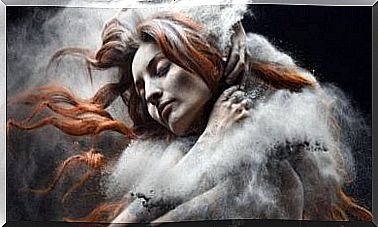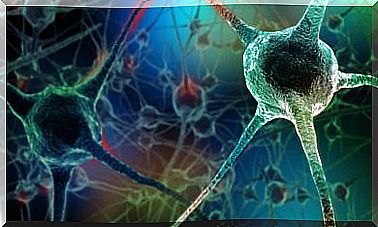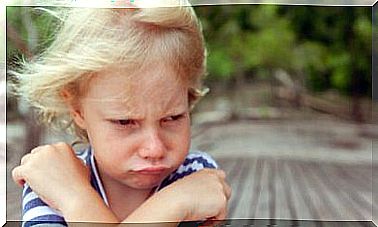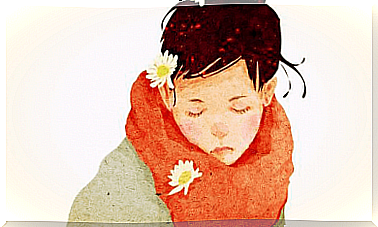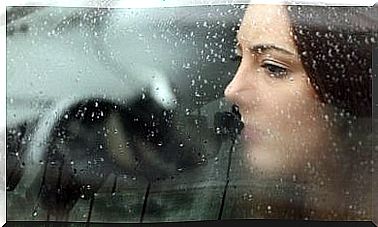Stroke: What Are The Derived Emotional And Behavioral Alterations?
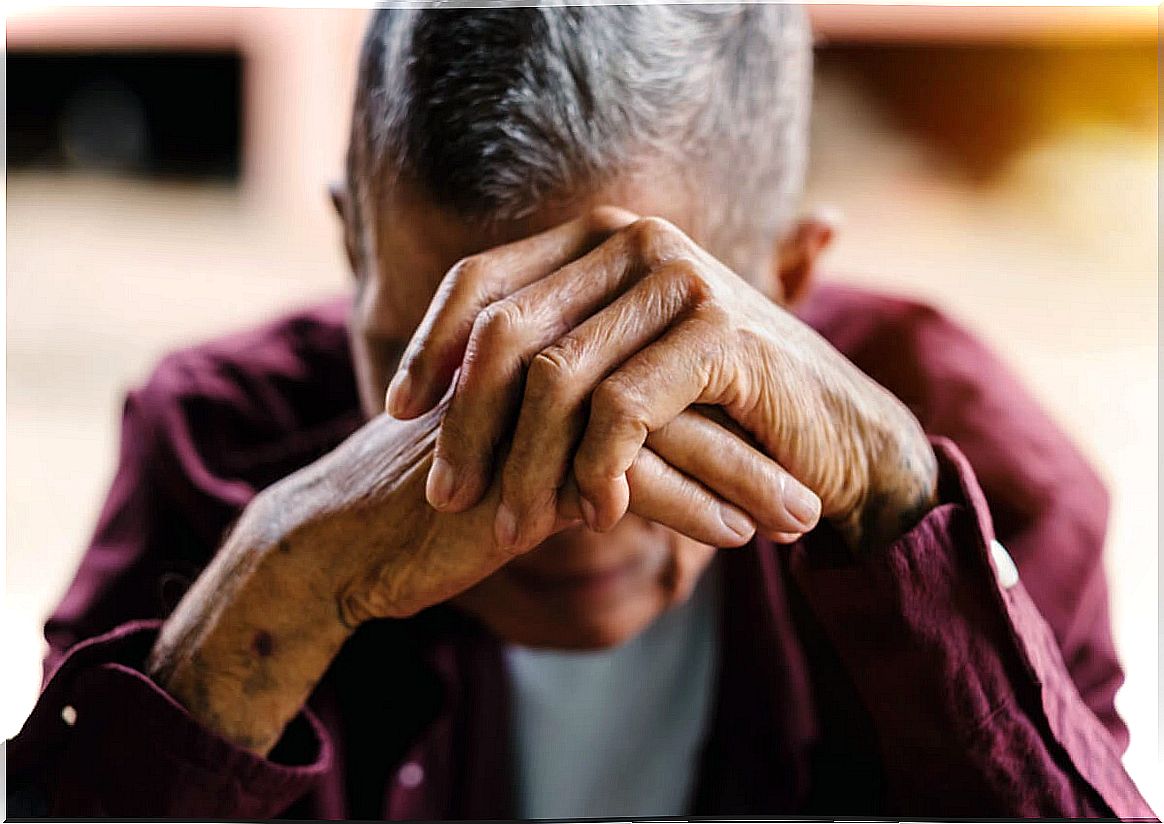
A stroke is a disorder that can leave behind serious consequences and a moderate to severe level of disability. However, there are other types of sequelae to which we may give less importance, but which are equally important, also becoming very disabling. They are the emotional and behavioral alterations, which we will talk about in this article.
The truth is that neurorehabilitation focuses more on the recovery of motor sequelae, such as hemiplegia, gait disturbances, aphasia, cognitive impairments, etc. These sequelae are the most frequent within a wide range and require a lot of attention. The reality is that if emotional and behavioral disturbances are not addressed as well, physical rehabilitation may not progress as expected.
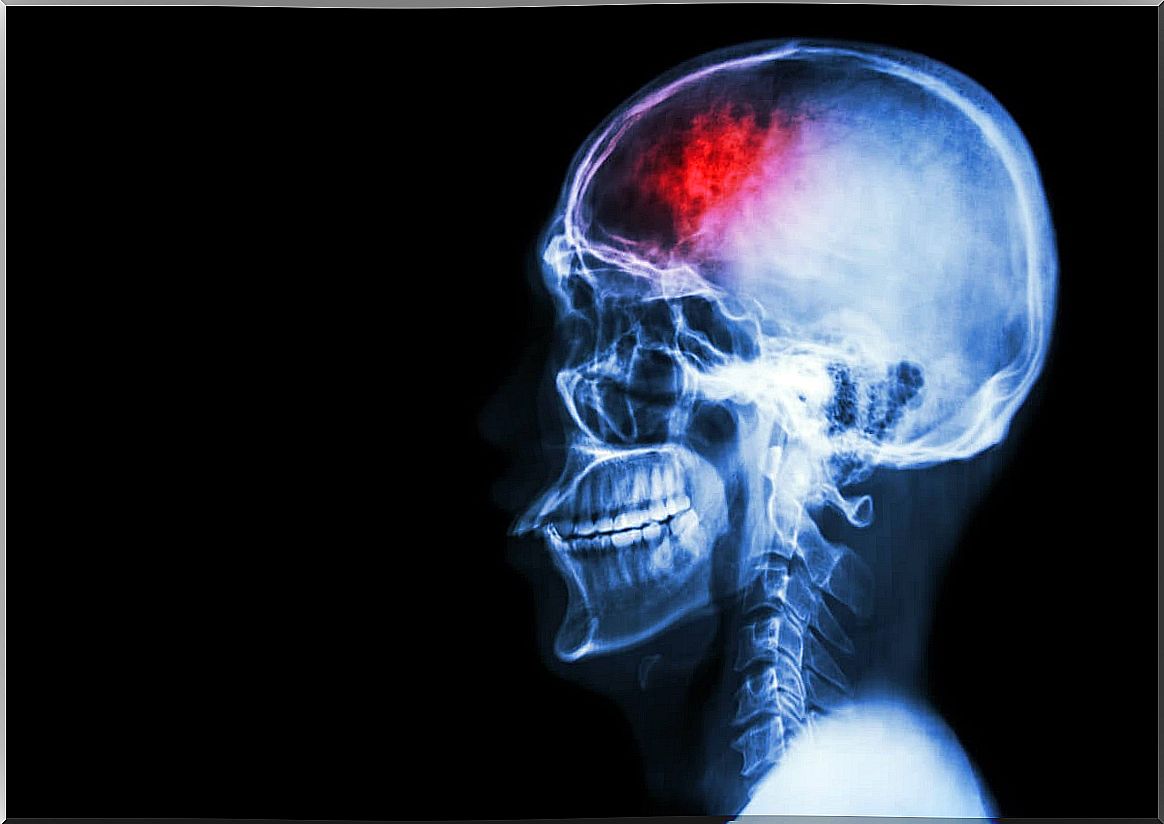
What is a stroke? Data we should know
A stroke is a sudden disorder of the cerebral blood circulation that generates a combination of physical symptoms and mental alterations that can persist over time.
It affects 130,000 people a year and it is estimated that more than 300,000 will have functional limitations as a result of stroke. It is a very prevalent disease that is on the rise. However, we must know that 90% of strokes can be prevented.
It is the second cause of death in Spain. Being the first cause of death in women. It is the leading cause of disability in adults and 35% of those affected were of working age, which means that it is not a problem that affects only the elderly.
Among all the derived consequences, some very serious, we find that, in most cases, people who have recovered from a stroke present psychopathology derived from the perception of loss of functional capacity. These alterations can be even more disabling than the physical sequelae of stroke.
Most frequent emotional disturbances
- Pathological emotionality or laughter and pathological crying : refers to crying or laughing reactions that are disproportionate to the stimuli that trigger said reaction.
- Emotional incontinence : closely related to the above, we can find it difficult to regulate and express our own emotions. Demonstrations may be disproportionate or inappropriate in terms of frequency, intensity and duration, or not appropriate to the context.
- Post-stroke fatigue: intense fatigue with minimal mental or physical effort. It can be accompanied by a subjective feeling of exhaustion and difficulty in starting tasks that require some kind of effort, however minimal.
- Catastrophic reaction : may or may not be accompanied by other depressive symptoms.
- Apathy : loss of interest and pleasure in almost everything.
- Anosognosia : lack of awareness about the disease itself. Most striking is the emotional indifference that accompanies disability.
- Irritability and aggressiveness : it is one of the most common manifestations. They can be verbal, physical towards objects and towards people.
- Anxiety or depression : anxiety-depressive symptoms are very frequent due to brain damage itself. However, a stroke involves a loss (of capacity, of functionality …), which involves a grieving process, which can also lead to symptoms of anxiety and depression.
They are highly variable symptoms from one person to another and can be difficult to diagnose and detect. However, resources should be dedicated to favor adequate detection and intervention.
Behavioral disorders secondary to a stroke
- Changes in social behavior : it is the main alteration and it could encompass the others. People close to the patient often report that their relative “is no longer the same”, that their character, personality, and way of treating others has changed …
- Infantilism : it is the tendency to act in a childish way, as far as irresponsibility and naivety are concerned.
- Stiffness : stiffness in behavior is another of the main symptoms. It refers to the inability to change pre-established plans. This can occur due to a reduction or deficits in working memory.
- Egocentrism : it is very common in these patients and implies an inability to put oneself in the place of others.
Adaptive social behavior requires understanding the vision of others, their way of seeing the world and understanding their perspective. This ability is what is known as the theory of mind.
The lack or deterioration of the ability to mentalize can cause that we are not able to understand the people around us and we are not sensitive to their needs, which makes social relationships quite difficult.

The importance of attending to these alterations
As we have seen, emotional and behavioral alterations are natural reactions derived from the stroke itself. But they can have negative consequences on the patient’s recovery. A good predisposition and motivation are essential for rehabilitation to progress in a positive way and for the patient’s recovery to be as fast as possible.
For this reason, the ideal would be that, in parallel to neurorehabilitation and neuropsychological rehabilitation, patients and their families receive psychological help to adequately manage these disorders and do not pose an obstacle to recovery.
It is also important to attend to the emotional state of the family or the main caregivers of the patients.
Caring for dependent people is a heroic job that can often affect the psychological state of caregivers. And if caregivers are unwell, the quality of care can be diminished. There is no better way to care for someone than to care for ourselves first, so that we can offer them valuable help.



